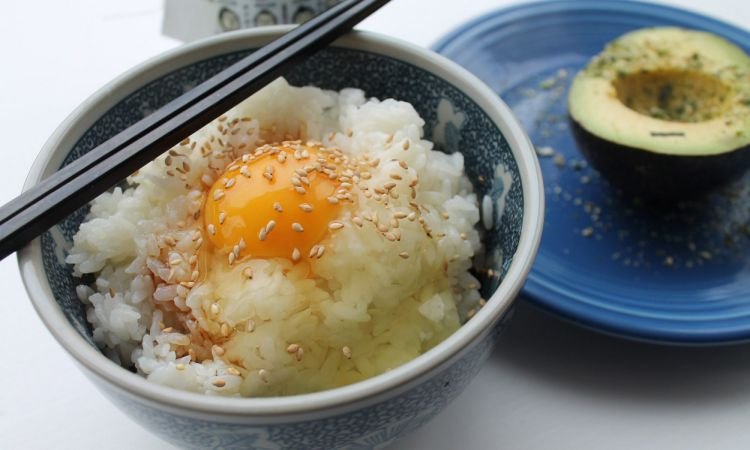 You probably know this: rice is an essential ingredient to Japanese cuisine. But did you know Japanese people like to have it even for a savory breakfast? Also known as tamago gohan, this egg and rice recipe is so easy to cook that even kids prepare it for themselves. It’s also quite inexpensive, and good enough to take you through the entire morning without craving for a junk snack, thanks to the carbs and proteins in it.
You probably know this: rice is an essential ingredient to Japanese cuisine. But did you know Japanese people like to have it even for a savory breakfast? Also known as tamago gohan, this egg and rice recipe is so easy to cook that even kids prepare it for themselves. It’s also quite inexpensive, and good enough to take you through the entire morning without craving for a junk snack, thanks to the carbs and proteins in it.
This dish has a very short story in comparison to other millenary recipes. As traditional as it is, it wasn’t invented until the late 19th Century, and we apparently have to thank Japan’s first war reporter, Ginko Kishida, for his cooking creativity. First, it was a popular example of comfort food for Japanese people, and roughly 120 years later, in the early 2000s, it became an international success.
Delicious and healthy
The main character in this dish it’s a raw egg. Contrary to what many might think, there’s no risk of catching any Salmonella from it: the heat from the rice is enough to cook the egg lightly and prevent any indigestion. The egg is beaten vigorously into the rice and so a fluffy texture appears. Pair that with the creamy rice and you have the most delicious little cloud to eat!
Tasty and quick
Another characteristic that makes this dish special is its umami flavor. Most typically, people season this magic mix with soy sauce, but you can also enhance it by adding shredded nori, some furikake, and of course a pinch of salt or MSG.
For a smoky taste, don’t hesitate to include a little bit of dashi! And if you feel adventurous and want to experience something completely new, then a dash of mirin will add some sweetness to it.
One serving of tamago kake gohan will fill you with energy! Grab your saucepan and start off your day with this typical Japanese breakfast.
Ingredients (one serving)
- 1 cup of rice (both white and brown are fine).
- 1 egg.
- Soy sauce to taste.
- Salt to taste.
- Furikake to taste.
- MSG to taste.
- Dashi to taste.
- Shredded nori to taste.
Preparation:
- Cook your rice as you would normally do. We recommend you put twice as much water per cup of rice in your saucepan, and you won’t have extra liquid to strain when the rice is done.
- While it’s still hot, put your rice in a bowl and make space in the center to add the egg. You can buy pasteurized eggs if you feel unsure about the raw egg, or you can also boil it slightly beforehand. This won’t allow for a perfect foamy texture, but it will still be good.
- Crack the egg into the bowl taking care not to drop any piece of eggshell on the mix.
- Add your seasonings: soy sauce, salt, MSG, furikake, and dashi. With some chopsticks (or a fork, if you don’t know how to use them properly), beat vigorously until you see the egg has turned pale yellow and it has gotten a frothy texture.
- At this point, you can taste it and check if it needs more seasoning. When you’re happy with the result, you can add some shredded nori for decoration and some extra texture.
Some other toppings you can include are chopped scallions, sesame seeds, bonito flakes, and extra egg yolks. Some people also like it with olive oil, rice vinegar, or Japanese plum vinegar. If you feel your version needs some vegetables, tamago kake gohan is great with roasted broccoli, avocado slices, or Japanese pickles.
Experts say the secret to a rich tamago kake gohan is to include one type of vegetable, a pickle, something to add to the filling sensation, and finally something tangy.
Since the rice is hot is key to its unique texture and to make it a safe dish, you might be wondering: can I use leftover rice in this recipe? Well, yes, totally! Just make sure you reheat it very well on the stove or the microwave. You can cover your rice bowl with a plate while in the microwave to prevent the heat from escaping and make sure it’s ready.




